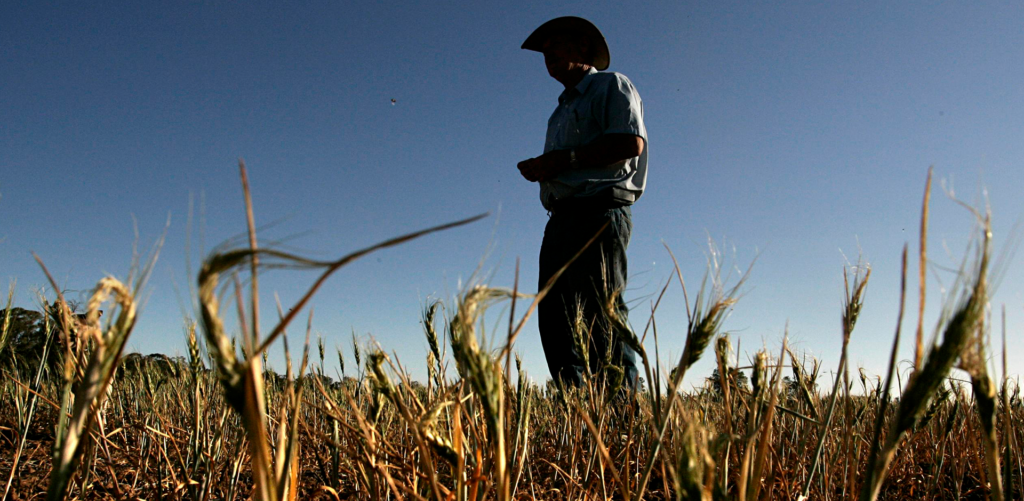Climate change is a global challenge that has serious implications for food security, livelihoods, and the environment. Farmers in the United States are among those who are feeling the impacts of climate change, as they face more frequent and intense weather extremes, such as hurricanes, droughts, and longer dry seasons. These events can damage crops, reduce yields, increase costs, and disrupt supply chains. In this article, we will explore how climate change is affecting farmers in different regions of the USA, how it is driving up food prices, how it is affecting people’s jobs and well-being, and what we can do to help.
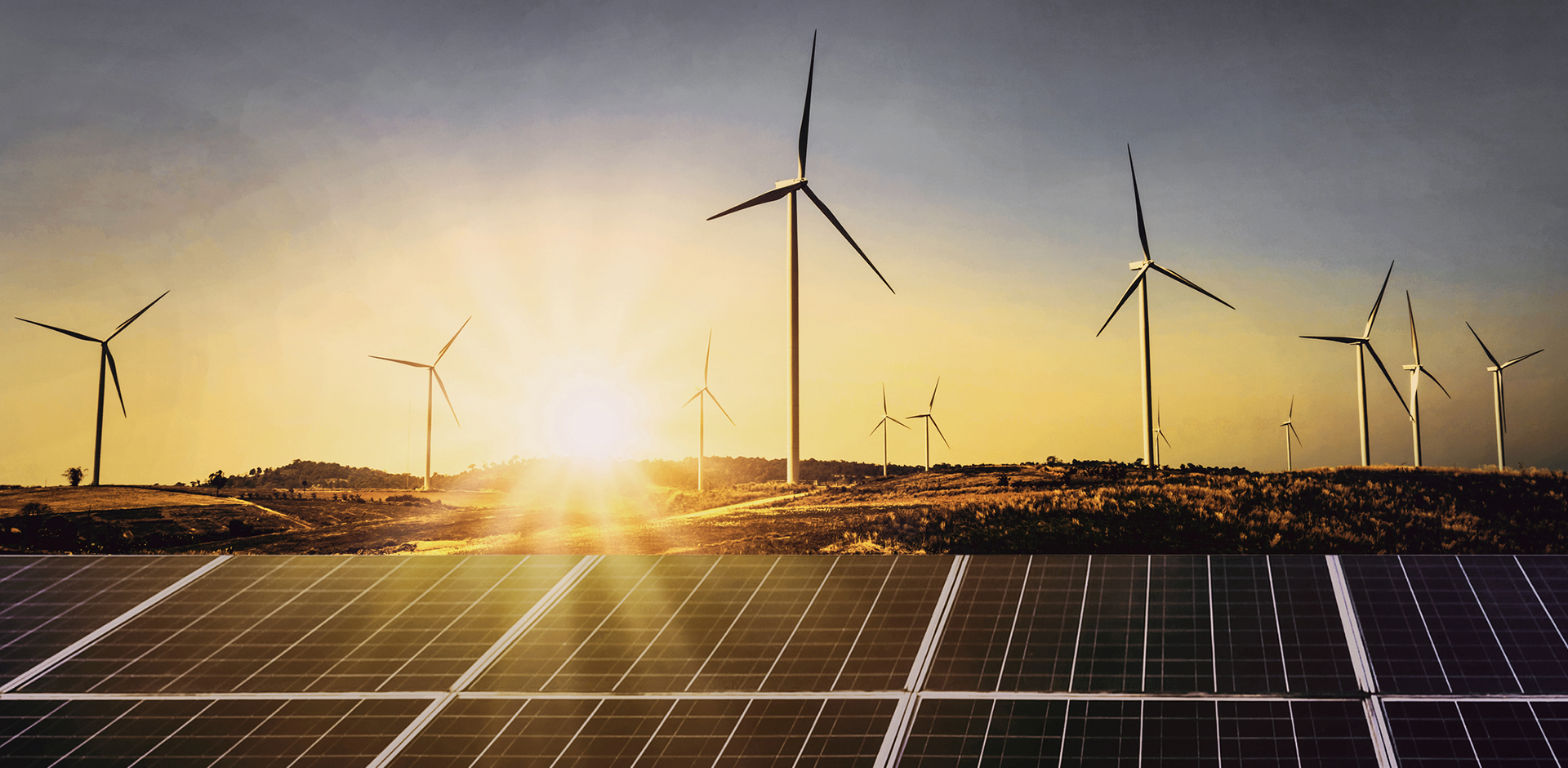
Climate impacts on different regions
The United States is a large and diverse country, with different climates and agricultural systems. Climate change affects each region differently, depending on the local conditions and vulnerabilities. Here are some examples of how climate change is affecting farmers in different regions of the USA:
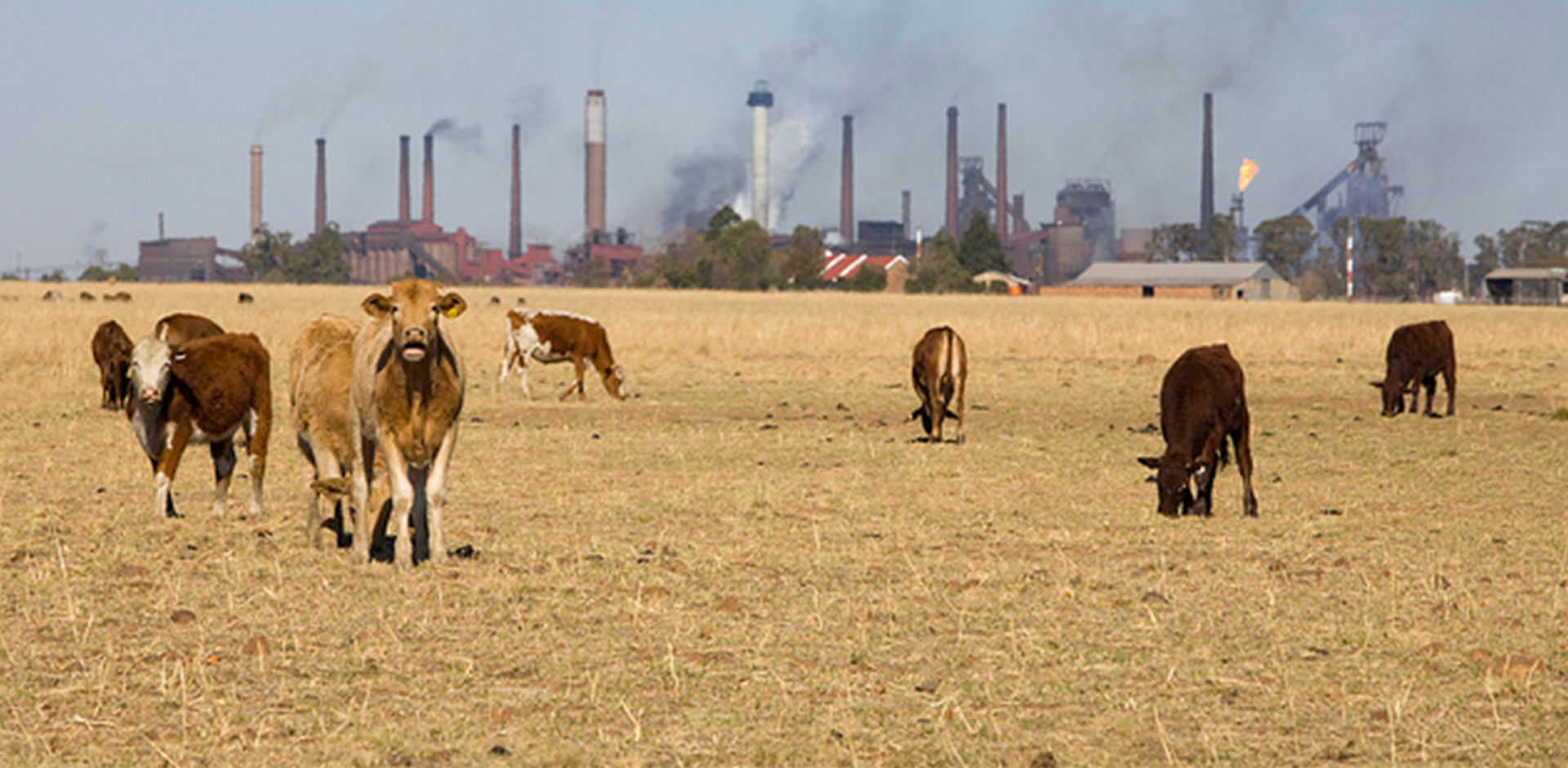
- Northeast: The Northeast region is experiencing warmer temperatures, shorter winters, longer growing seasons, more heavy rainfall and flooding, and more pests and diseases. These changes can benefit some crops, such as corn and soybeans, but also pose challenges for others, such as apples and dairy. For example, warmer winters can reduce the chilling hours required for fruit trees to produce quality fruits, while more rainfall can increase the risk of fungal infections and soil erosion1.
- Southeast: The Southeast region is facing more frequent and intense hurricanes, droughts, heat waves, wildfires, and sea level rise. These events can cause severe damage to crops, livestock, infrastructure and coastal areas. For example, Hurricane Ida in 2021 caused an estimated $75 billion in losses, affecting cotton, sugarcane, rice and poultry production2. Droughts can reduce soil moisture and water availability for irrigation, while heat waves can stress plants and animals3.
- Midwest: The Midwest region is experiencing more variable precipitation patterns, with more heavy downpours and flooding in spring and summer, and more droughts in fall and winter. These changes can affect crop planting and harvesting dates, soil quality, and nutrient management. For example, heavy rains in 2019 delayed planting for corn and soybeans by several weeks, resulting in lower yields and quality4. Droughts can also reduce crop yields and increase irrigation costs5.
- West: The West region is facing more severe droughts, heat waves, wildfires, and water shortages. These events can reduce crop yields, increase irrigation demand, degrade rangelands and forests, and threaten wildlife habitats. For example, the drought in 2021 was one of the worst in the past 1,200 years, affecting 95% of the region6. The drought also contributed to the wildfires that burned over 6 million acres across several states7. Water scarcity is a major challenge for agriculture in the West, as many rivers and reservoirs are at record low levels8.
Climate impacts on food prices
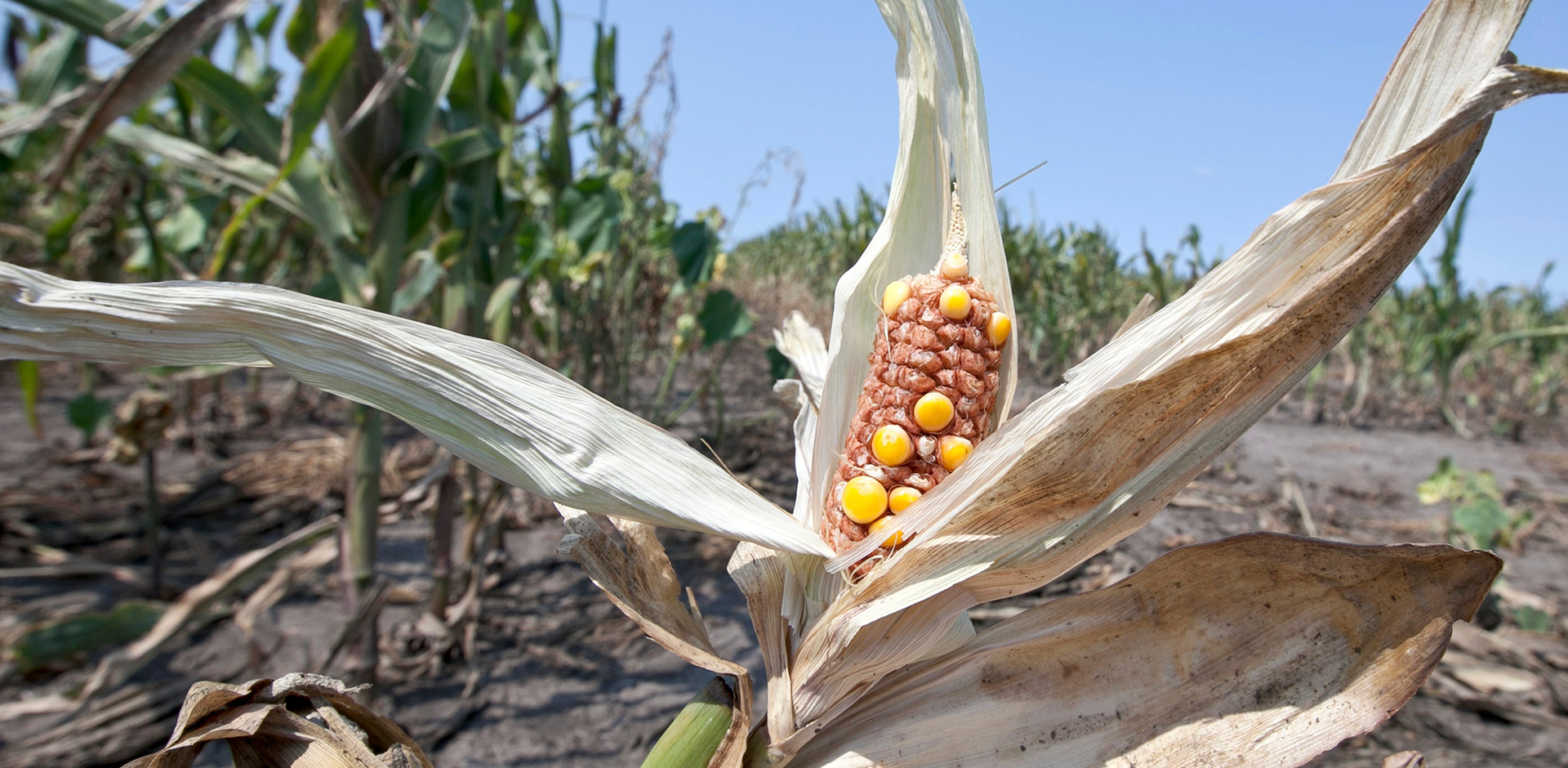
The impacts of climate change on agriculture have direct and indirect effects on food prices. Direct effects include lower crop yields, higher production costs, lower quality and higher losses due to weather extremes. Indirect effects include higher transportation costs, higher energy costs, higher insurance costs and higher demand for food aid. These effects can increase the prices of food commodities in domestic and international markets.
According to the US Department of Agriculture (USDA), food prices in the USA increased by 3.4% in 2021 compared to 20209. This was higher than the average annual increase of 2% over the past 20 years9. Some of the factors that contributed to this increase were the weather-related disruptions to crop production (such as droughts in the West and hurricanes in the Southeast), the higher energy costs (such as natural gas prices), the supply chain bottlenecks (such as labor shortages and transportation delays), and the higher consumer demand (due to the economic recovery from the pandemic)9.
Some of the food items that experienced significant price increases in 2021 were beef (up 12.2%), pork (up 9.6%), poultry (up 6.6%), eggs (up 8.5%), dairy products (up 3%), fruits (up 3.8%), vegetables (up 2%) and cereals (up 2.5%)9. These price increases affect consumers’ budgets and food choices, especially for low-income households that spend a larger share of their income on food.
Climate impacts on jobs and well-being
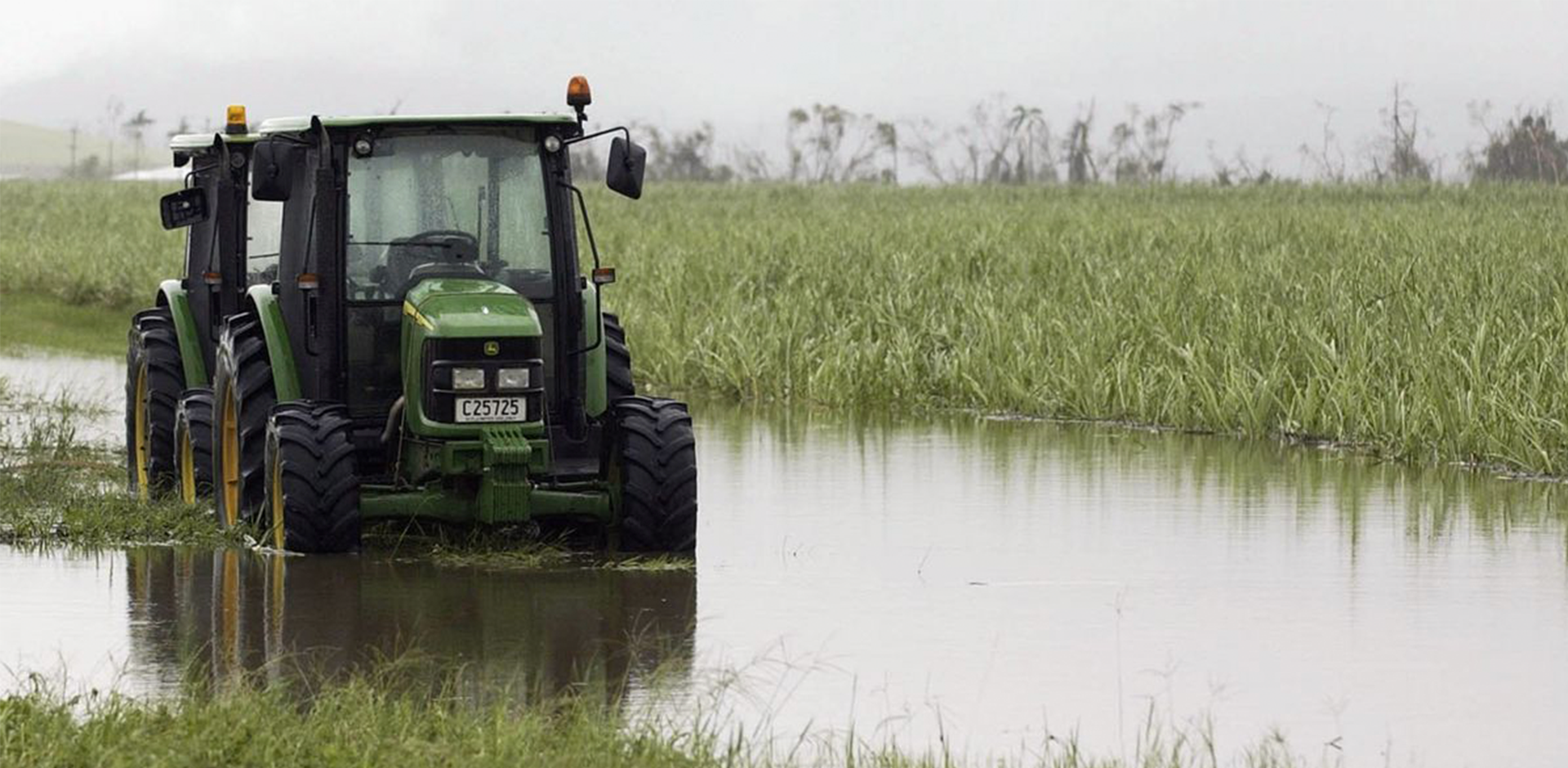
The impacts of climate change on agriculture also have social and economic consequences for farmers, workers and consumers. Farmers face lower incomes, higher risks and uncertainties, lower access to credit and insurance, lower adaptation capacity and higher mental stress due to climate change10. Workers face lower wages, higher unemployment, lower safety and health standards, lower skills and training opportunities, and higher migration pressures due to climate change11. Consumers face higher food insecurity, lower nutrition, lower health and lower quality of life due to climate change12.
According to a study by the Environmental Defense Fund (EDF), climate change could reduce the US agricultural output by 14% by 2050, resulting in a loss of $32 billion in farm income and 100,000 jobs13. The study also estimated that climate change could increase the number of people at risk of hunger by 1.4 million by 2050, and increase the health costs associated with food insecurity by $15 billion per year13.
How we can help
There are many ways that we can help farmers and fight climate change. Some of these ways are:

- Supporting regenerative agriculture: Regenerative agriculture is a system of farming practices that enhance soil health, biodiversity, water quality and carbon sequestration. Some of these practices include planting cover crops, reducing tillage, rotating crops, using organic fertilizers and integrating livestock. These practices can improve crop yields, reduce production costs, increase resilience to weather extremes and mitigate greenhouse gas emissions14.
- Promoting renewable energy: Renewable energy is a source of energy that is derived from natural resources that are replenished on a human timescale, such as solar, wind, hydro and biomass. Renewable energy can reduce the dependence on fossil fuels, lower energy costs, diversify energy sources and reduce greenhouse gas emissions15. Farmers can use renewable energy to power their operations, such as irrigation pumps, tractors and refrigerators. They can also produce renewable energy from their land, such as solar panels, wind turbines and biogas digesters.
- Reducing food waste: Food waste is any food that is lost or discarded along the food supply chain, from production to consumption. Food waste represents a waste of resources, money and nutrients. It also contributes to greenhouse gas emissions, as decomposing food releases methane, a potent greenhouse gas. According to the USDA, food waste accounts for about 30% of the total food supply in the USA16. Reducing food waste can save money, improve food security, conserve resources and reduce emissions16. Some of the strategies to reduce food waste include improving storage and transportation methods, optimizing portion sizes and packaging, donating surplus food to charities and composting organic waste.
- Eating more plant-based foods: Plant-based foods are foods that are derived from plants, such as fruits, vegetables, grains, nuts and seeds. Plant-based foods have lower environmental impacts than animal-based foods, such as meat, dairy and eggs. Animal-based foods require more land, water and feed inputs, and produce more greenhouse gas emissions than plant-based foods17. Eating more plant-based foods can reduce the demand for animal-based foods, conserve resources and reduce emissions17. It can also provide health benefits, such as lower cholesterol, blood pressure and risk of chronic diseases18.

Climate change is affecting farmers in the USA in various ways, depending on the region and the crop. Climate change is also driving up food prices for consumers and affecting jobs and well-being for farmers and workers. However, there are also opportunities to help farmers and fight climate change through regenerative agriculture, renewable energy, food waste reduction and plant-based diets. These actions can benefit not only the environment but also the economy and society.


